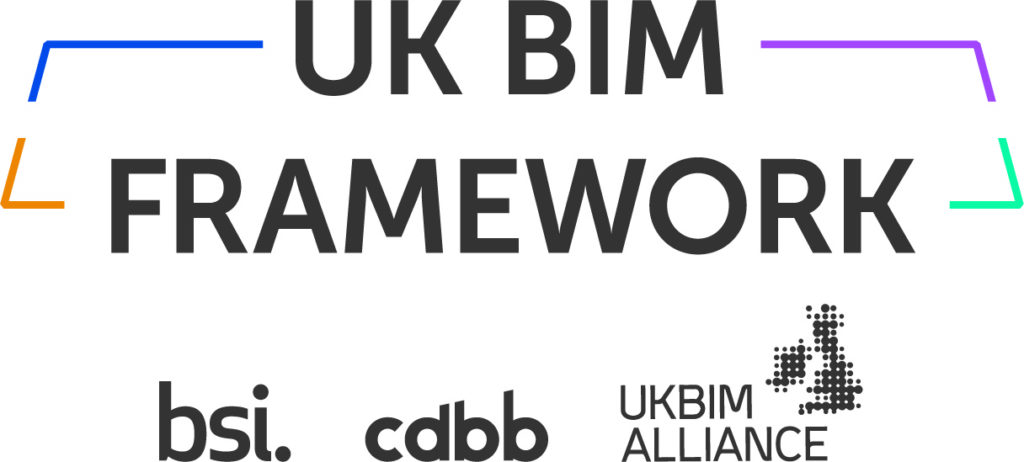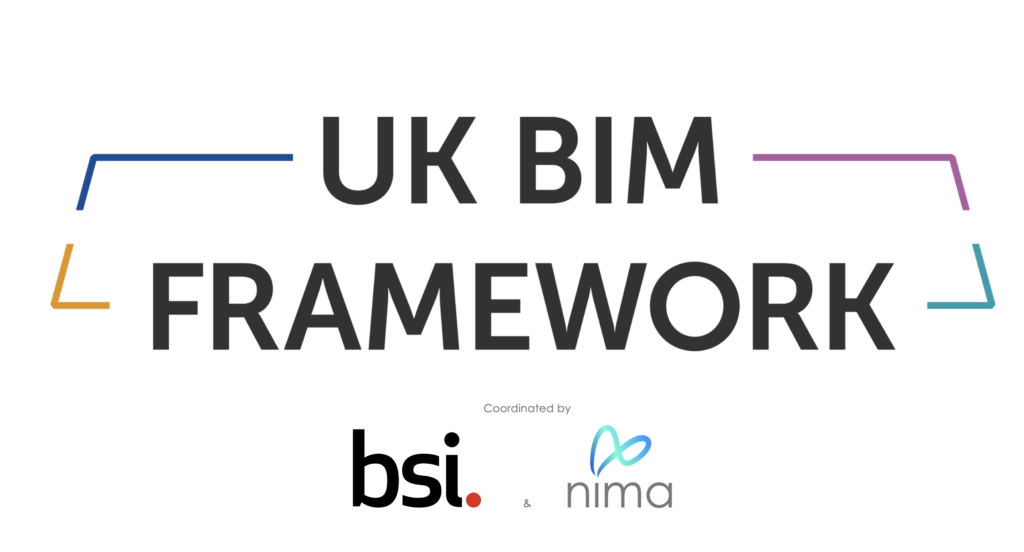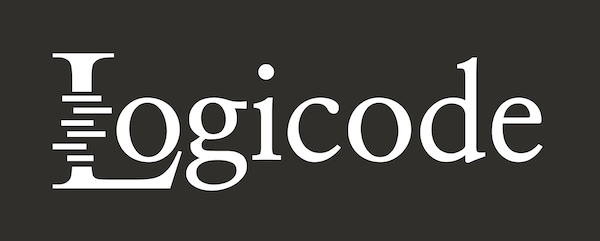UK BIM Framework
FAQ
UK BIM Framework – Frequently asked questions
These questions and answers have been written to help individuals and organisations in the UK to better understand the migration from BIM Level 2 to the UK BIM framework based on international standards BS EN ISO 19650 Parts 1 and 2.
The UK petitioned the International Organization for Standardization (ISO) regarding development of an ISO BIM standard series based on the existing and emerging UK BIM methodology, with a view to assisting our industry in both domestic and international markets. In doing so, we undertook to withdraw the parallel 1192 PAS and standards upon publication of the relevant parts of the ISO standards. Having petitioned for the ISO standard so that we can preserve much of the UK’s BIM methodology, it’s crucial that we now commit to its adoption to gain benefit from the effort invested in the promotion of the UK standard.
The old 1192 standards have served the UK well but a switch to ISO is important as the withdrawn standards will not be supported or revised, and this will, over time, increase project risk as the international standards become the market norm. These new standards are a natural evolution, but it’s a change that reflects many of the developments in digital construction in recent years and resolves many of the issues identified in the 1192 series. Additionally, with projects increasingly seeing delivery teams consisting of organisations from different countries, and differing ways of working, the ISO will help these teams to adopt a simplified and common approach to managing information. A unified international approach will create immediate efficiencies for clients with international supply chains.
ISO 19650-1 and 2 are an evolution of the UK’s standards for Information management using building information modelling as per BS 1192:2007+A2:2016 and PAS 1192-2:2013. The principles generally remain as per these standards. One of the most immediately recognisable changes however is that the notation of “BIM level 2” is not used in the ISO 19650 series.
Up until now, BIM Level 2 has been used extensively in UK procurement and other industry documentation, and an appropriate “descriptor” for the overall concepts and principles is still required. BSI, CDBB and UK BIM Alliance have proposed the “UK BIM Framework” to replace the “BIM Level 2” notation.
When using the “UK BIM Framework” it is essential to specify information management and modelling requirements and proposals for a project on an appointment by appointment basis, and not just reference the “UK BIM Framework”. This was a practice which developed with BIM Level 2 which was not acceptable. The labelling of maturity is discouraged when implementing the UK BIM Framework.
The ISO 19650 series is being developed to cater for a broader spectrum of information management “maturity” (referenced in BS EN ISO 19650:1 as “maturity stages”). The UK BIM Framework therefore is using the framework of the ISO 19650 series for managing information, within the context of the UK using the portfolio of related standards and guidance available and under development (now referred to as the UK BIM Package). It will provide the basis for supporting the next steps in developing digital built Britain and the National Digital Twin.
In developing the initial documents for the first two parts of the ISO 19650 series, a great deal of effort was spent by the authors to ensure that all the key clauses of the source documents (specifically BS 1192:2007+A2:2016 and PAS 1192-2:2013) were carried across. As a consequence, the first two parts of ISO 19650 contain all the same principles and high-level requirements as the original BIM Level 2 documents. However, specific UK content is contained within the UK National Annex. The ISO documents do look different, with a structure which is designed to make understanding and implementation easier. There are some key changes in terminology and language, necessary to accommodate an international audience, but also to address issues which gave rise to difficulty or ambiguity in the past. The key transitional highlights can be summarised as:
- Lifecyle information principles – project and asset operation;
- More detail of delivery team documents;
- Two types of responsibility matrix – management activities and information management delivery;
- Container ID – file naming adjusted;
- Clearer step-by-step project information process;
- Common Data Environment (CDE) states – not areas. Status not suitability;
- Volume strategy becomes federation strategy and container breakdown;
- BIM maturity in stages, not levels;
- Employer / supplier becoming appointing / appointed parties;
- Explicit requirement to consider risks; and
- Level of information need.
Transition guidance aimed at an audience which has been applying BIM Level 2 and the BS/PAS 1192 series to its projects has been prepared by the UK BIM Alliance and BSI with the support of CDBB which can be found via the following link:
This may happen for some time until clients have adapted their information requirement appointment documentation to align with ISO 19650. However, clients should be encouraged to migrate to the ISO 19650 series as soon as possible and practicable.
The adoption of the ISO 19650 series as part of the UK BIM Framework is driven by the appointing party (i.e. client). So, it’s important that they’re consistent in their language and requirements. If they reference BIM Level 2 then they should refer to the superseded PAS standards. Otherwise they should reference the UK BIM Framework and the correct standards.
The BIM protocol is now referred to as the ‘information protocol’ in the ISO 19650 series. Within the context of managing information, BS EN ISO 19650-2 provides that the appointing party (i.e. the client) will comprehensively develop its requirements at pre-tender stage, to ensure these are set out clearly at tender stage. Requirements are determined on an appointment by appointment basis and may therefore be different depending on whether you’re a lead appointed party or an appointed party and on your scope of works. These requirements are documented and form the information management and modelling part of an appointment.
BS EN ISO 19650-2 envisages that the invitation to tender will contain tender response requirements such as the appointing party’s exchange information requirements (see section 5 of BS EN ISO 19650-2).
The aim is to ensure that tenders can be accurately prepared to the scope anticipated by the appointing party. They could include, for example, only wanting risks with high probability or impact to be highlighted in the risk register.
Once a tenderer has been selected, the aforementioned documents will be compiled into the appointment to suit the project’s needs.
Further details can be found in Guidance Part 2: Processes for Project Delivery (First Edition) produced by BSI, CDBB and the UK BIM Alliance:
There are no new roles or responsibilities. However, there is a clear onus on the appointing party (i.e. the client) to have the information management function fulfilled. Similarly, the lead appointed party should (also?) have the information management function fulfilled. The term “function” is used in the ISO, rather than role, in part to help avoid the often-held view that new job-titles and team members are required, which was never intended to be the case.
It will take the supply chain appropriate time to embed and gain experience of the new ISO 19650 standards. In the meantime, ideally, the appointing party will consider how capacity and capability is to be evaluated and requirements should therefore be transparent from the outset. There may be a learning curve but BSI, CDBB and the UK BIM Alliance are working hard to develop useful and pragmatic guidance to aid capability.
There should if anything be more clarity for your input to the BIM and delivery team. ISO 19650 is clear about what should be documented within your appointment (in relation to managing information and BIM). You will still be required to input to the BIM Execution Plan and to contribute to your task team’s information delivery plan (TIDP) upon appointment and where an authorised change occurs.
If you are already using the existing BS/PAS 1192 suite of standards on a current project(s), it is recommended that ISO 19650 not be retrospectively applied. It is suggested that appointing parties (i.e. clients) should familiarise themselves with the UK BIM Framework (incorporating ISO 19650), and the transition guidance and make appropriate adjustments to their templates and workflows as appropriate. Implementation of ISO 19650 can then be rolled out on future new project investments and frameworks.
Keep in touch
UK BIM Framework
Newsletter
Keeping you in the know



